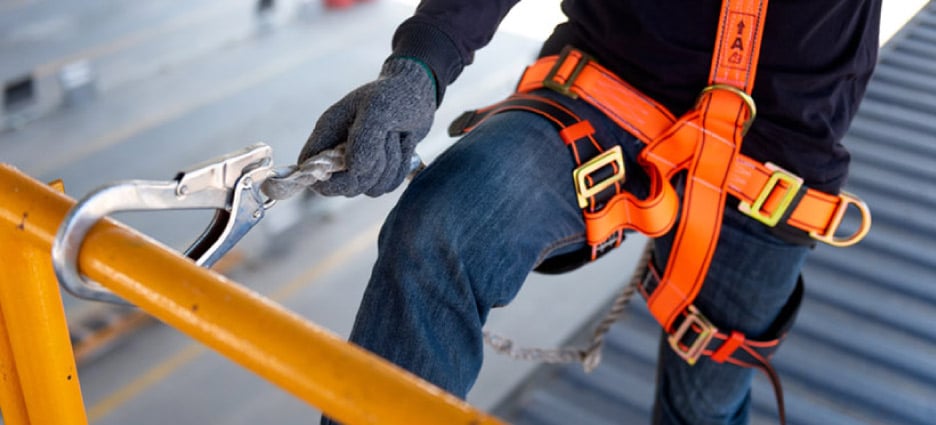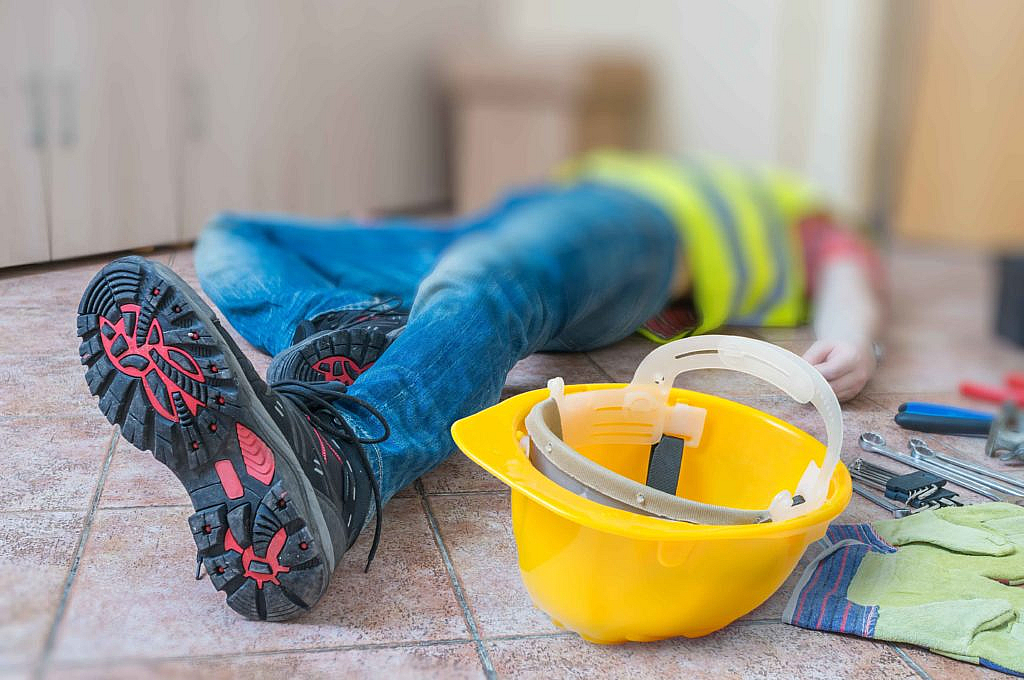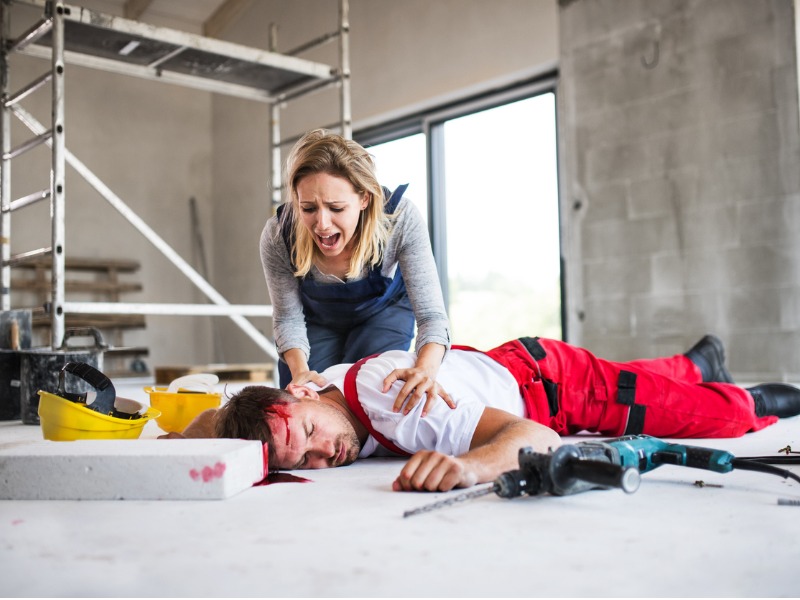Fall Protection: OSHA’s Most Cited Violation Explained
OSHA’s most-cited violation breach is still, fall protection. Fall safety has been the leading cause of occupational injuries for consecutive ten years. Fall protection is crucial. Every week, up to five construction workers are killed in falls. Fall security is a significant challenge that has persisted and necessarily requires a zero-tolerance approach. To eradicate the fall safety threat, any employer or association must take all required steps and training courses. Fall protection is covered in both the 10-Hour and 30-Hour OSHA outreach courses. Companies may protect workers from falls in a variety of areas, through the use of conventional methodologies such as guardrail mechanisms, protection net frameworks, and personal fall protection frameworks, the use of appropriate work practices, and the arranging of suitable planning. Companies can also ensure workers’ safety by introducing them to the 30-hour course for construction, which provides adequate knowledge about site safety topics pertinent to the construction industry and potential site hazards.

Fall prevention plans should be in place to protect employees from tumbling down overhead platforms, work tables, floor openings, and stepping stools. Similarly, OSHA needs a fall insurance plan in the general industry, 8 feet in longshoring tasks, 6 feet in the development industry, and 5 feet in the dockyard. When dealing with heavy equipment or dangerous gear, OSHA often needs a fall protection strategy. Each floor opening, as well as any other surface that needs fall protection, should be guarded. For all open-sided points, a watchman rail is required. On walking surfaces, a fall safety protocol should be followed to prevent workers from slipping onto dangerous material.
Acceptable Scaffolding
A professional person can assess the probability and security criteria for offering fall defense to staff while the structure is at some location 10 feet above the lower floor. Guardrails should be installed on scissor lifts to comply with OSHA’s fall safety plan requirement. Staff can be tied to an anchor while chipping away at the suspended platform.
Safety Net
If you’re over 25 feet tall and operating on a flat floor, you’ll need a safety net.
Footboards
At the workstation zone, there should be a boundary that protects the instruments from collapsing and the members’ feet from tumbling. The stumbling block should be properly introduced and should not be more than a quarter-inch from the start.
Handrails and Guardrails
Should have a top fence, a mid-rail, and a height of 42 inches. A divider or parcel should be properly aligned with the phase rail. The moving rail should be 30-40 inches above the ground level.
Full-Body Jacket and Straps
To be worn regularly during height exercises. During the fall, a member is suspended and visible all over.

OSHA Fall Protection For Construction Sector.
According to OSHA fall prevention guidelines staff exits, runways, and separate walkways should all have guardrails to prevent them from dropping six feet or more from ground level. Guardrails, barriers, blockades, shelters, or other visual boundaries can be used to keep representatives working around unearthing, wells, holes, and shafts six feet or deeper from collapsing. A worker who is working over potentially dangerous equipment should be protected from dropping. Guardrail systems or anchor equipment can be used if the worker is less than six feet off the machinery. Guardrails, person fall catch systems, or escape nets can be used for fall prevention if the worker is six feet or more from the dangerous equipment. OSHA’s 10- to 30-hour construction training is intended to reduce industrial injuries and improve workflow flow in the construction industry. Furthermore, having OSHA 30 card will benefit workers with all the crucial knowledge they need to learn to perform well; the certification will also help their careers in the construction industry in the long run.




